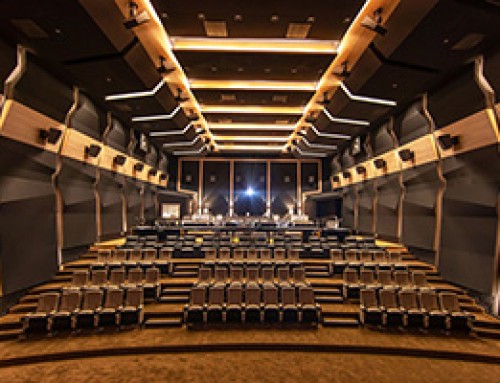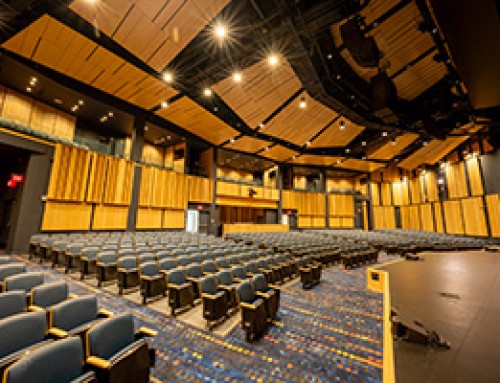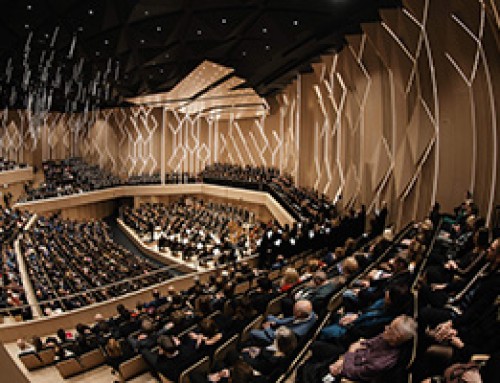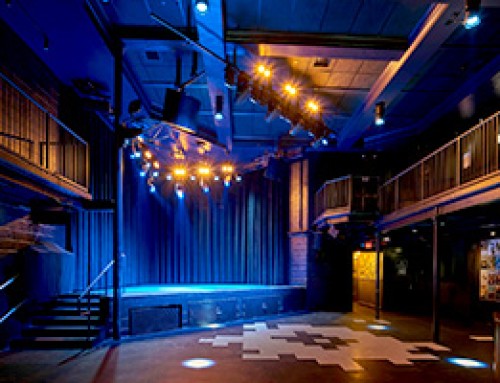This article unpacks the essentials of acoustic treatment, as explained by Gennenzi and underpinned by WSDG’s half-century of innovation in the field. WSDG’s prestigious legacy, including designing Jimi Hendrix’s studio and countless global projects, lends credibility and intrigue to Gennenzi’s advice.
From practical tips on using everyday items for sound absorption and diffusion to understanding the complex interplay of room acoustics, this article is your guide to achieving professional-quality sound in a dorm room setting.
What are the fundamental principles of acoustic treatment for a small space like a dorm room?
The three main categories of acoustic treatment are absorption, diffusion and low frequency control. These are applicable in any space, but there are some specifics relevant to smaller rooms, like a dorm, that are worth understanding.
Absorption is critical in small spaces, as these tend to have the most pronounced sound reflections due to their limited size. For example, a wall that is 4’ away from your right ear (as it might be in a small dorm room) will send back significantly more sound energy than a wall which is 40’ away (as it might be in an auditorium). We want to make sure that these first reflections are not negatively impacting the direct sound.
This ties into the second category of the choice of diffusive treatments – which are essentially surfaces that scatter sound waves and often take the form of irregular shaped objects, as smooth surfaces will have the opposite effect. These help “break down” direct reflections whilst maintaining sound energy from the source.
The third important acoustic treatment element is low frequency management. Especially in small rooms, low frequencies are challenging to control due to the inherent size of the sound waves (for example a 100Hz wave has a ~11ft length).
How does room shape and size impact the acoustics and what can be done to compensate for these factors?
Knowing that no space is “acoustically perfect” is the place you want to start. The principles of acoustic treatment can be used to compensate for the specific shape and size challenges in any given space, so there’s always something that can be done. Diffusers, absorbers and bass traps can be implemented and the strategic positioning of the sources (speakers, instruments) and receivers (microphones, ears) can help avoid some of the rooms’ inherent acoustic issues.
The room shape defines how sound propagates within the space: an irregularly shaped room with many angles and protrusions will naturally scatter the sound waves, whilst on the other hand a rectangular or square room will have a more predictable behavior and more discernible direct reflections and echoes.
The size of the room directly impacts other acoustic parameters such as reverberation time (by definition a larger space volume yields a longer reverberation time) and modal response (smaller rooms have more pronounced resonances and standing waves).
Are there any unconventional materials students can hang on the wall that help with diffusion and absorption that also double as well decor? Tapestries for absorption, bookshelves for diffusion, furniture for both, etc?
Absolutely! Tapestries made from thick fabric are excellent sound absorbers, especially for mid-high frequency sound waves. They can be an aesthetically pleasing way to get rid of a harsh first reflection from the window.
Textured wall art, bookshelves, decorative items, corkboards, anything with an irregular surface will help break up direct reflections you might get from a flat back wall.
Heavy upholstered furniture (couches, recliners) are good mid-range absorbers and can help bring reverberation time down – although this is not generally the main issue with small spaces such as dorm rooms it’s useful to know regardless.
Overall, it’s essential to consider the acoustic properties of a material (soft/fluffy = absorptive, hard = reflective), this will inform the optimal placement and open up possibilities to combine functionality with aesthetics.
How can students identify and treat the most problematic frequencies in their specific room?
I would always start by using your ears: play some songs on the main speakers and walk around the room, carefully listening to changes or anomalies in the soundscape. Typically, the corners will feel more bassy. Note if you notice any direct reflections from particular surfaces – it may be helpful to playback a snare sample or clap to identify discrete echoes. Jot down some notes of what you observe, these will come in handy to compare to what you see on more technical measurement.
Once you get a subjective understanding of the room’s acoustic behavior, you can use online tools such as AMROC to understand the space’s resonant frequencies based on its dimensions.
If you have a calibrated omnidirectional microphone, you can perform a frequency sweep and analyze the resulting frequency response graph at different locations in the room. There are free apps such as Room EQ Wizard that allow you to do his study.
What are some innovative solutions or products specifically designed for acoustic treatment in small spaces like dorm rooms?
When selecting treatment products, it is always important to keep in mind what specific issues are to be addressed:
Are you trying to record vocals in the same room as your acoustic guitar? Maybe having demountable gobos (you can think of it as an acoustically treated room divider used to section out a portion of your space) could help get cleaner takes.
Do you need to get rid of a first order reflection from a low ceiling? Maybe an absorptive light fixture could have a functional and aesthetic role.
What resources or professional services would you recommend for those who want to take their dorm room acoustics to the next level?
There are many great books and online resources dedicated to room acoustics and design. “Master Handbook of Acoustics” by F. Alton Everest and Ken Pohlmann is a classic valuable reference to get started with. There’s a growing number of free online software and tools such as AMROC, REW, Acosuticmodeling.com that can help get a starting point analyses of frequency response, modal distribution and reverberation time.
Lastly, I would encourage you to reach out to a consultant or audio professional (like us!) with your queries. You never know where a conversation with someone sharing your interests might lead to.








